Collections in this Category
-
-21%
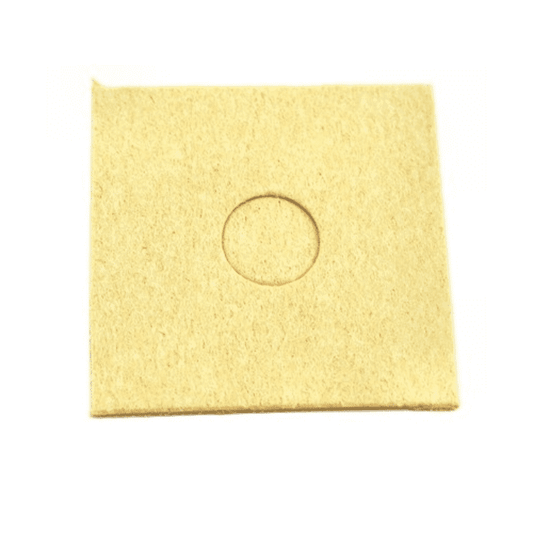

SOLDRON SPONGE SQUARE SSS
Regular price Rs. 27Regular priceUnit price perRs. 34Sale price Rs. 27Incl. GST (No Hidden Charges)Sale -
-20%
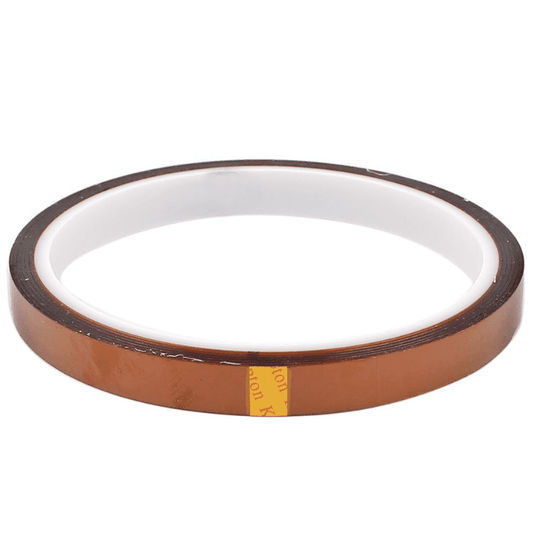

10mm X 33mm Heat Resistant Polyimide High Temperature Adhesive Insulation Tape
Regular price Rs. 79Regular priceUnit price perRs. 99Sale price Rs. 79Incl. GST (No Hidden Charges)Sale -
-38%
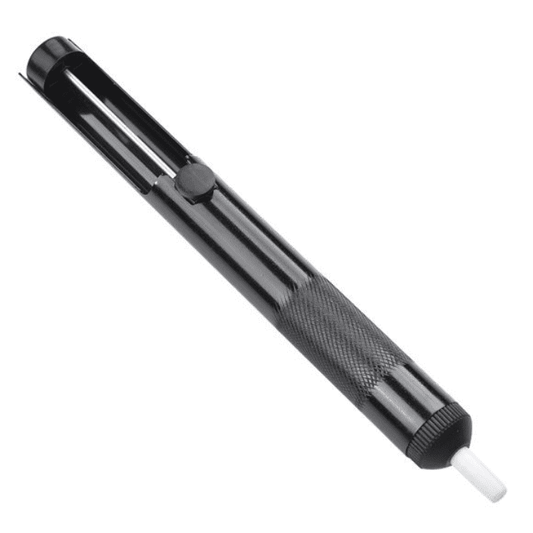
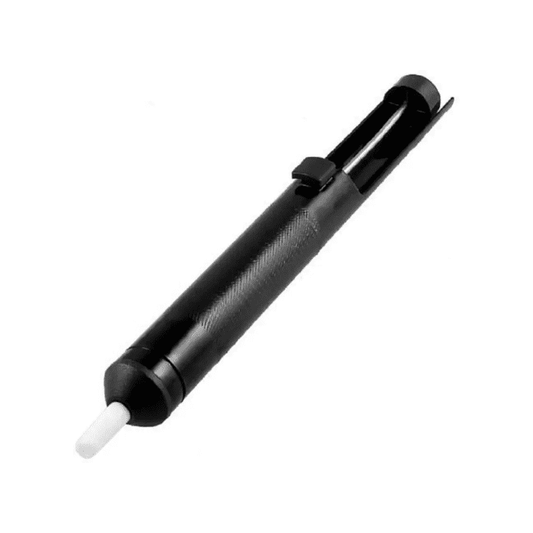
Desoldering Pump
Regular price Rs. 95Regular priceUnit price perRs. 152Sale price Rs. 95Incl. GST (No Hidden Charges)Sale -
-23%
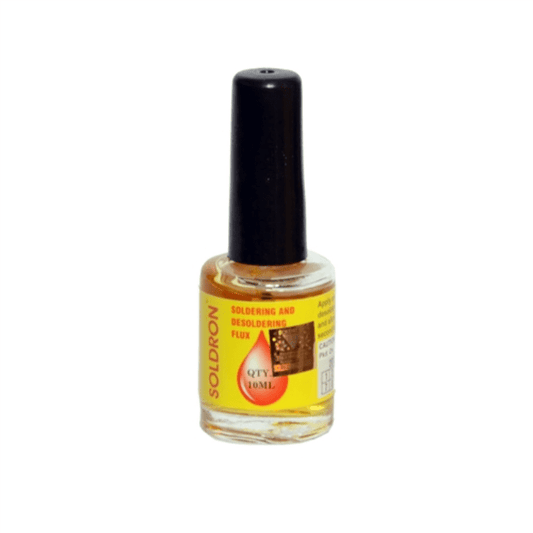

Soldron Soldering and Desoldering Flux (10g)
Regular price Rs. 92Regular priceUnit price perRs. 119Sale price Rs. 92Incl. GST (No Hidden Charges)Sale -
-8%
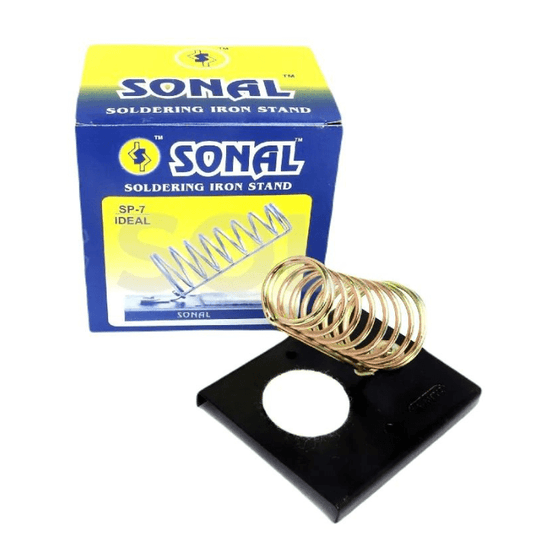
Sonal SP-7 Soldering Iron Stand
Regular price Rs. 54Regular priceUnit price perRs. 59Sale price Rs. 54Incl. GST (No Hidden Charges)Sale -
-16%
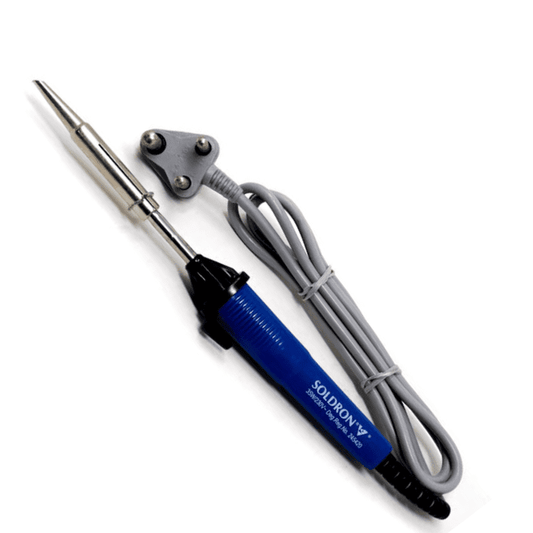
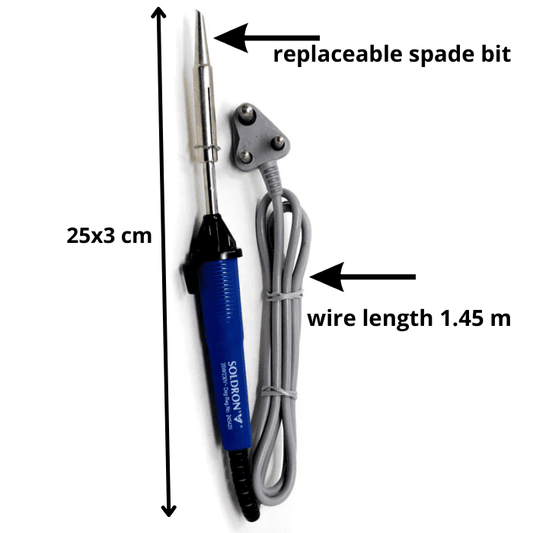
230V 35W Soldron Soldering Iron
Regular price Rs. 398Regular priceUnit price perRs. 475Sale price Rs. 398Incl. GST (No Hidden Charges)Sale -
-24%
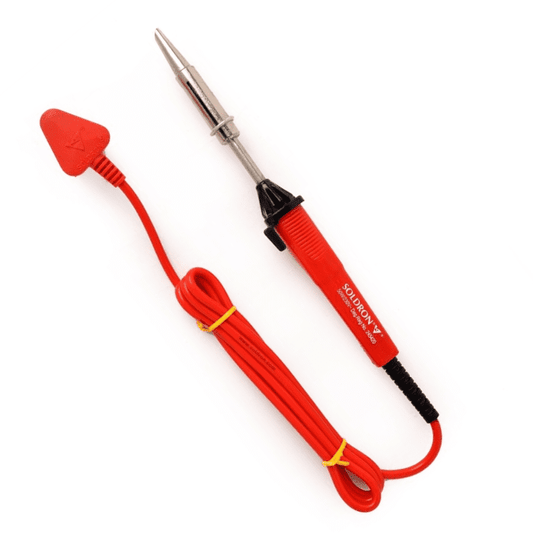
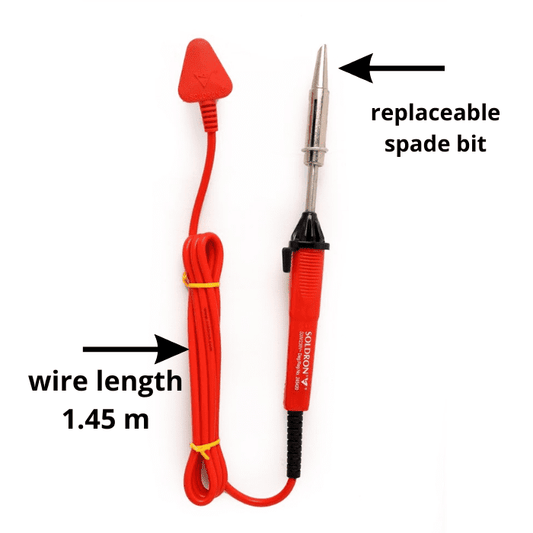
230V 50W SOLDRON Soldering Iron
Regular price Rs. 456Regular priceUnit price perRs. 599Sale price Rs. 456Incl. GST (No Hidden Charges)Sale -
-22%
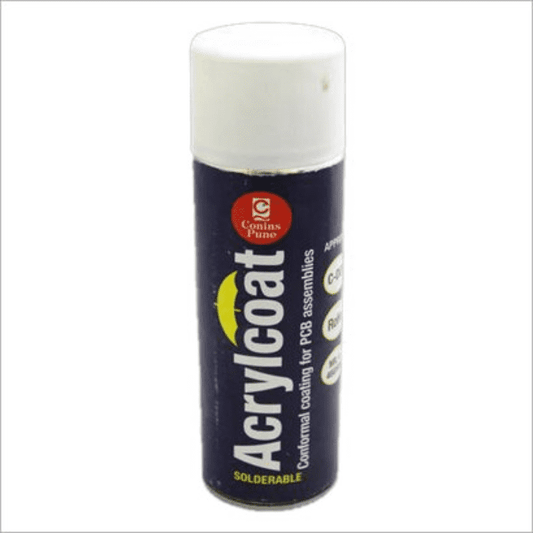
Acrylcoat Conformal Coating for PCB Assemblies Solderable 500ml
Regular price Rs. 467Regular priceUnit price perRs. 599Sale price Rs. 467Incl. GST (No Hidden Charges)Sale -
-16%
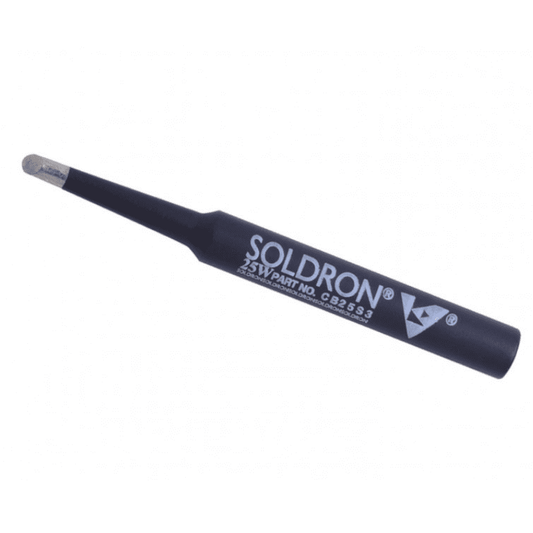
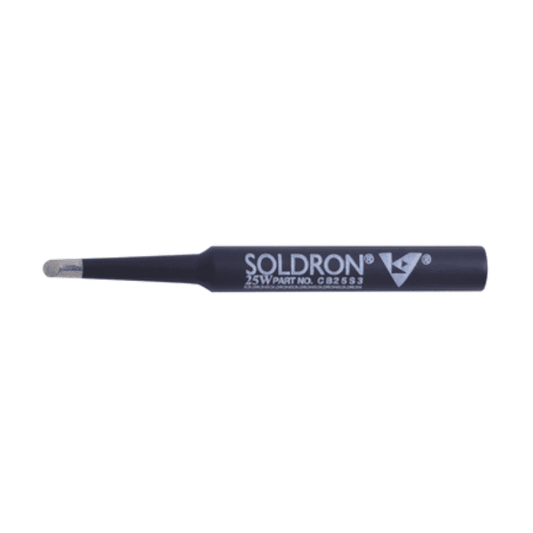
Soldron Black Ceramic Coated Delux Spade Bit for Soldron 25W Soldering Iron - CB25S3
Regular price Rs. 151Regular priceUnit price perRs. 179Sale price Rs. 151Incl. GST (No Hidden Charges)Sale -
-8%
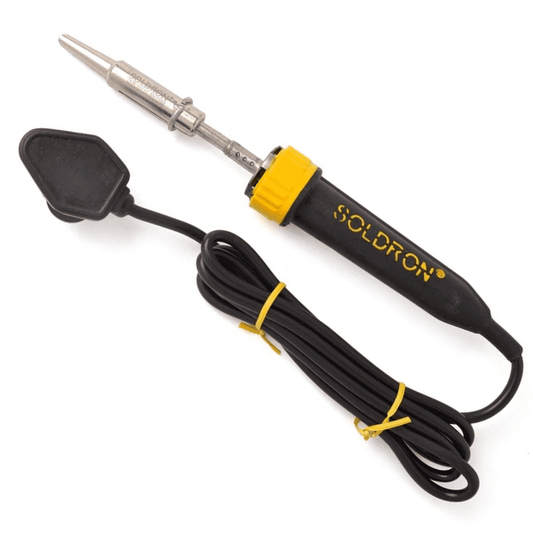

Soldron 75W/230V High Quality Soldering Iron
Regular price Rs. 700Regular priceUnit price perRs. 760Sale price Rs. 700Incl. GST (No Hidden Charges)Sale -
-13%
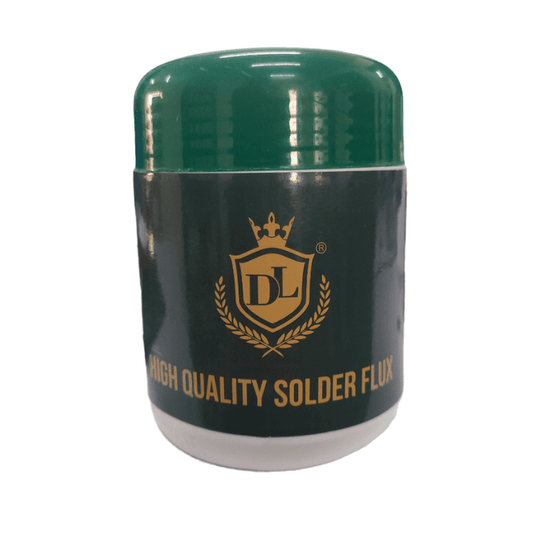
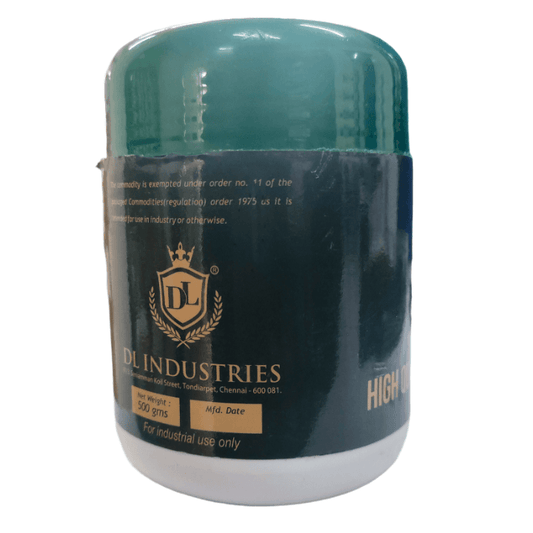
Non-Corrosive Soldering Paste Flux (500g)
Regular price Rs. 370Regular priceUnit price perRs. 425Sale price Rs. 370Incl. GST (No Hidden Charges)Sale -
-21%
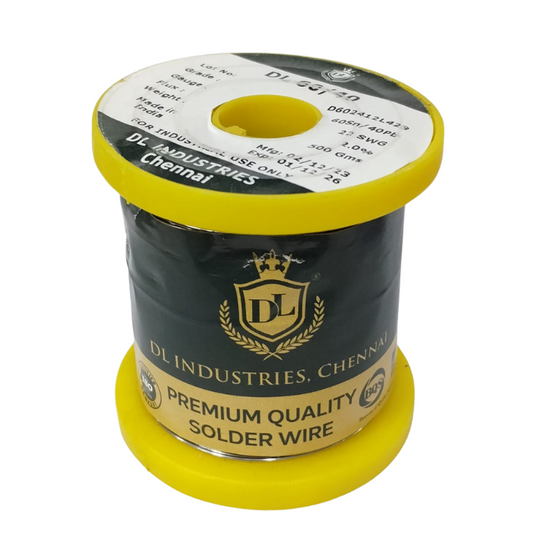
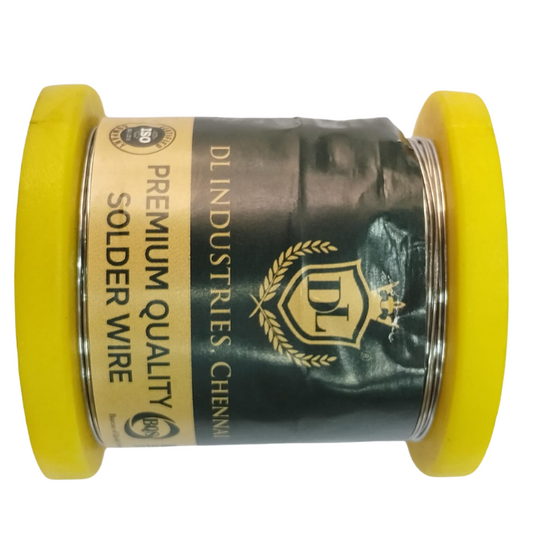
Soldering Lead (500g)
Regular price Rs. 1,309Regular priceUnit price perRs. 1,649Sale price Rs. 1,309Incl. GST (No Hidden Charges)Sale
BUY SOLDERING TOOLS ONLINE IN INDIA
Soldering is the process of joining two or more electronic parts together by melting solder around the connection. Because solder is an alloy of metals, it solidifies into place between the components, forming a solid electrical connection, soldering can create a permanent connection.
To solder the necessary elements, one must be aware of the professional soldering tools that are required during the process.
Soldering is used in a variety of industries, including plumbing, electronic assembly, automotive repairs, and jewellery making. You should know type of soldering tools to be used for all soldering applications. You can use the soldering tools and accessories are like soldering irons, soldering leads, soldering flux & sponge, desoldering pumps, soldering bits, soldering kits, soldering stands, soldering elements and soldering stations. You can also try soldering accessories too.
At Robocraze, we put customer satisfaction first. That's why we provide competitive prices, speedy shipping, and outstanding customer service. With our wide range of soldering tools, you can find everything you need in one place, saving you time and hassle. Buy at best soldering tools prices today from Robocraze to take your projects to the pro level.
Essential Soldering Tools & Equipment:
All soldering tools for electronics include various instruments to make soldering easier. They range from basic tools like soldering irons and solder wire to more specialized equipment such as soldering stations, desoldering pumps, and flux pens. These electric soldering tools help technicians and hobbyists create strong, reliable connections between components, ensuring electronic devices work properly.
Here are the must-have soldering tools list for successful soldering in most projects:
Essentials
- Solder: Solder is a metal alloy. Soldering is a process of joining different metals by melting solder, a mix of tin and lead. This solder is melted using a hot iron, heated to over 600 degrees Fahrenheit, and then cools to form a strong bond. It's used to make permanent bonds, like joining copper in circuit boards or pipes. An iron connected to a temperature controller heats the solder beyond its melting point, around 600 degrees Fahrenheit, causing it to melt and create the joint.
- Soldering Irons: A soldering iron is a tool used in soldering. It has an insulated body and a high-temperature tip for melting solder. The most common type works with electricity, providing the heat needed to melt the solder.
- Soldering Guns: A soldering gun is shaped like a pistol and has a copper tip for soldering joints. It comes with a step-down transformer but lacks a high-frequency converter. Compared to a soldering iron, there's not much difference. However, soldering guns are more effective because they don't need frequent breaks like soldering irons. They're often used for large electrical appliances.
- Soldering Stations: A soldering station is a must-have tool for soldering tasks, featuring temperature control, comfortable grip, safety holder, and desoldering capability. Its components include a soldering iron with a copper tip, foam grip for insulation, holder for safety, temperature adjustment knob, display area, desoldering tool, and power switch for convenience.
Soldering Chemicals
- Solder Flux: Soldering flux, a crucial chemical in electronics assembly, preps metal surfaces for soldering by cleaning and removing oxides and impurities. It's employed in both manual and automated soldering processes, ensuring strong, reliable connections between electronic components.
- Flux removers: Flux removers, or defluxers, are essential for eliminating residues and contaminants on printed circuit boards left from manufacturing or repair. Flux removers are highly effective, especially for cleaning fluxes baked on at lead-free temperatures.
Desoldering Tools
- Desoldering stations: These also called desoldering guns, are compact and portable, making them ideal for on-the-go solder removal tasks. Their small size enables efficient removal of solder from multiple pass-through components.
- Hot Air Rework Stations: Hot air rework stations, larger and feature-rich, often incorporate cameras for enhanced visibility of small parts on circuit boards. These versatile tools facilitate the precise resoldering of individual components, making them ideal for repairing or modifying individual circuit boards or limited-run products.
- Desoldering wick: It is also known as solder wick or desoldering braid, is a popular method for removing excess solder. It's used for tasks like fixing faulty components or correcting solder bridges. This versatile tool is utilized by professionals and hobbyists alike for its effectiveness and ease of use.
Other Soldering Accessories
- Soldering Iron Tips & Nozzles: The hot iron tip melts filler metal to create electrically conductive joints, securing components together during soldering. This method is commonly used to join wires, and thin plates, and ensure tight connections on PCBs.
- Solder Tip Cleaners and Tip Tinners: Tip Tinner is a mix of solder powder and oxide-reducing compounds, ideal for cleaning and re-tinning heavily oxidized soldering iron tips.
- Soldering Iron Stand: A soldering iron holder is a device that provides support and safely holds the hot soldering iron when it's not in use.
- Solder Fume Extractors: Solder fume extractors enhance workplace safety and health by removing harmful fumes from the air before they can be inhaled, promoting a healthier environment.
- Circuit board or PCB holders: A circuit board holder provides essential support for manipulating circuit boards, allowing users to securely hold, rotate, tilt, and position them as needed during assembly or repair tasks.
- Magnifying Lamps: A magnifying lamp is a vital tool for precision work, providing enhanced visibility of small details and reducing eye strain and fatigue.
- Anti-static, ESD-safe precision tweezers: These are essential for safely handling components during electronics work, protecting both the components and the circuit board from damage caused by static discharge.
Soldering tools prices in INDIA
Type of Soldering tool | Price |
| 145 - 2600 | |
| 18 - 1040 | |
| 13 - 466 | |
| 74 - 223 | |
| 80 - 395 | |
| 229 - 9620 | |
| 47 - 360 | |
| 223 - 336 | |
| 1375 - 13450 | |
| 194 - 2600 |
Related Searches
Multimeters | Glue Guns & Adesives | Hand Tools | protection and safety gear
Popular searches
M5Stack | Development Boards | DIY Kits | 3D Printers/Pens | IOT & Wireless | Sensors | Drones/UAV | Motors & Mechanical | Displays | Batteries & Power Supply | Tools & Instruments | Cables & Connectors | Prototyping & Misc | Motor Drivers | Heat Sink
1.What is soldering used for?
- Soldering is widely used in the electronics industry for electrical connections such as joining copper to printed circuit boards. Plumbers also use it to connect copper pipes. Because of the reversible effects, it is very useful in many industries, and it is even used in jewellery.
2.Why are soldering tools important?
- Soldering tools are important because with out soldering tools we cannot accomplish our task, which requires joining two or more electronic parts together or electronic assembly.
3.What is the importance of soldering iron?
- A soldering iron is a hand tool used to heat solder at high temperatures above the melting point of the metal alloy, usually from an electrical supply. This allows solder to flow between the workpieces that need to be joined. soldering irons are available in different wattages like 25Wsoldering iron, 35W soldering iron, 50W soldering iron, 60W soldering iron, 75W soldering iron and 100W soldering iron. Users can choose according to their requirements
4.Why do we use lead for soldering?
- Leaded solder is typically made of tin and lead. Leaded solder has the following advantages: it is easier to bring to working temperature, it is shock resistant, and it has fewer internal flaws in the structure after cooling.
5.What is flux in soldering?
- Flux facilitates soldering and desoldering processes by removing oxide films that form on the surface of soldered metals. It improves the solder's wetting ability, allowing it to flow more uniformly over surfaces without balling up (dewetting).
6.Do I need a brass sponge for soldering?
- yes, because using brass sponges instead of wet cellulose sponges will help you maintain tip quality and temperature, resulting in better solder joints and a longer soldering tip life.
7.What is a desoldering pump for?
- A desoldering pump is a mechanical device that is also known as a solder sucker. This instrument is used to remove solder from a printed circuit board. It comes in a convenient design with a trigger, a head, and an unlock button. Desoldering a PCB is done to make the board receptive to other elements that you want to include after removing the current ones. Desoldering is a method of repairing that involves removing faulty connections or elements and replacing them with high-quality ones.
8.What is the use of soldering stand?
- A soldering iron stand is very simple, extremely useful and convenient to have. This stand keeps the hot iron tip from coming into contact with flammable materials or injuring your hand accidentally. Most soldering stations include this as well as a sponge or brass sponge for cleaning the tip.
9.What is the difference between soldering iron and soldering station?
- The main difference between soldering iron and soldering station is in soldering iron you can't change the temperature but in soldering station it has temperature control .

































